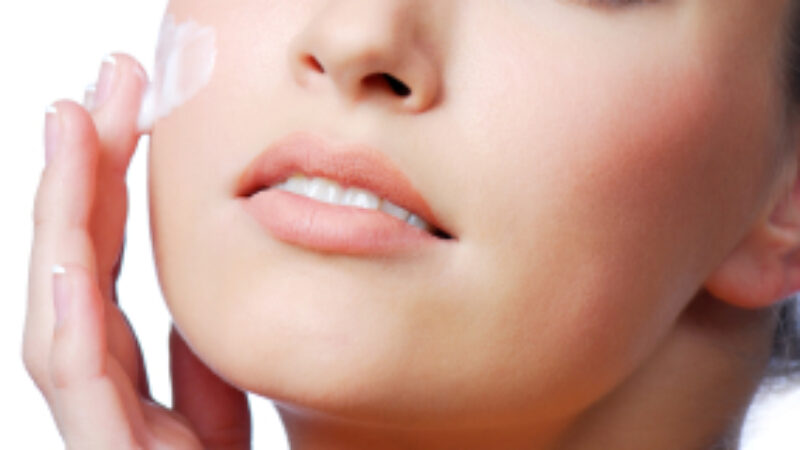 In recent years, the term cosmeceutical has come into its own. Many marketers are banking on the latest one to capture your imagination and become a best seller. What exactly is a cosmeceutical product, how is it different to a cosmetic and does it make sense for you?
In recent years, the term cosmeceutical has come into its own. Many marketers are banking on the latest one to capture your imagination and become a best seller. What exactly is a cosmeceutical product, how is it different to a cosmetic and does it make sense for you?
What The Regulations Say
When it comes to skin care, the US Food and Drug Administration defines two terms – cosmetics and drugs. Cosmetics are defined as “articles intended to be rubbed, poured, sprinkled, or sprayed on, introduced into, or otherwise applied to the human body…for cleansing, beautifying, promoting attractiveness, or altering the appearance” [FD&C Act, sec. 201(i)]. Included in this definition are skin moisturizers, perfumes, lipsticks, fingernail polishes, eye and facial makeup preparations, shampoos, permanent waves, hair colors, toothpastes, and deodorants, as well as any material intended for use as a component of a cosmetic product. Drugs are defined, in part, by their intended use “articles intended for use in the diagnosis, cure, mitigation, treatment, or prevention of disease” and “articles (other than food) intended to affect the structure or any function of the body of man or other animals” [FD&C Act, sec. 201(g)(1)].
The FDA does not regulate the term cosmeceutical.
In Canada, Health Canada regulates The Food and Drugs Act and Cosmetic Regulations which outline general safety, labelling and notification requirements. This act defines a cosmetic as: “any substance or mixture of substances, manufactured, sold or represented for use in cleansing, improving or altering the complexion, skin, hair or teeth and includes deodorants and perfumes.” The definition includes (but is not limited to) soap, grooming products for animals, and cosmetics used by professional esthetic services (e.g. facial masks, manicure preparations, hair dye). It also encompasses bulk products used by institutional services (e.g. handsoap in school restrooms). If a product makes a therapeutic claim to prevent or treat disease, it is classified as a drug under the Food and Drugs Act and therefore requires a drug identification number (DIN). Products containing ingredients of natural origin with a therapeutic function or claim are Natural Health Products (NHPs) under the authority of Health Canada’s Natural Health Products Directorate (NHPD). Each NHP must possess a Natural Product Number (NPN).
Like the FDA, Health Canada does not regulate the term cosmeceutical.
In both countries, a product can be both a cosmetic and a drug as the same time (consider a medicated dandruff shampoo that cleanses the hair as well as helps to treat dandruff). While the term cosmeceutical is not recognized by the law, marketers will have us believe that it is a topically applied product that has ‘druglike’ activity.
What does this mean for you? Buyer beware; this is where common sense will be your best ally.



